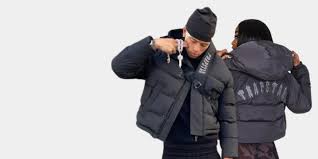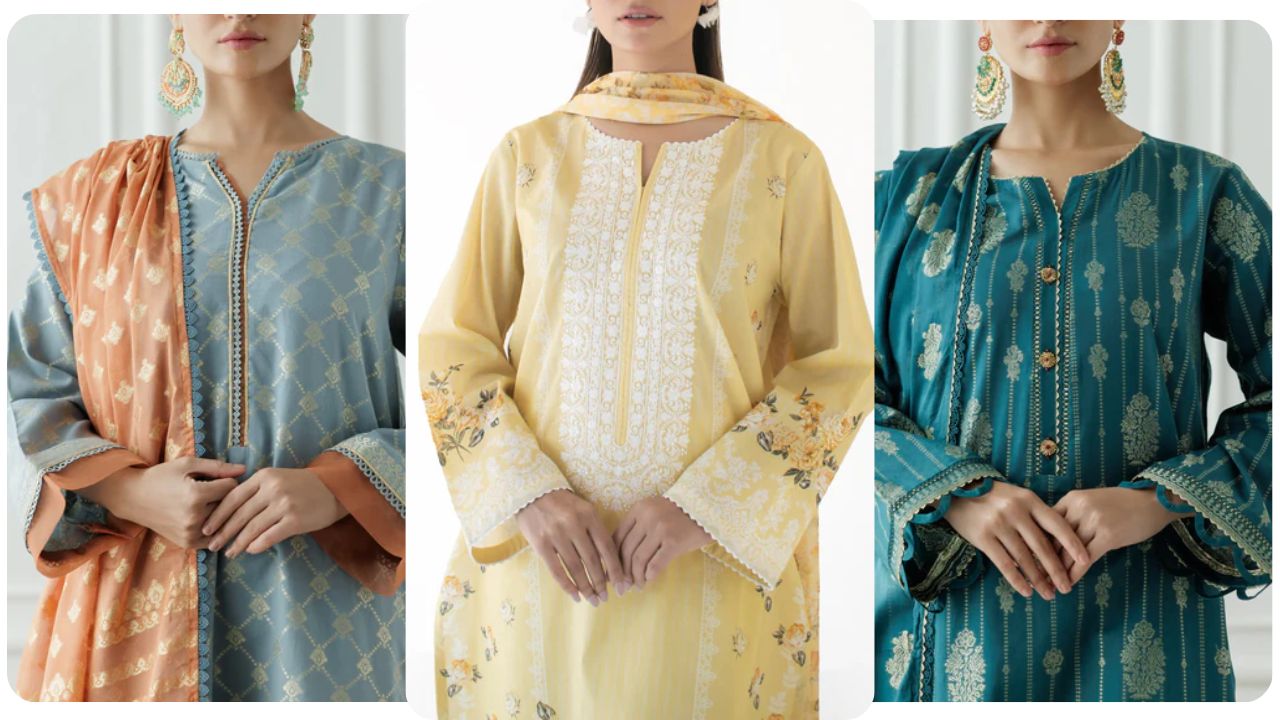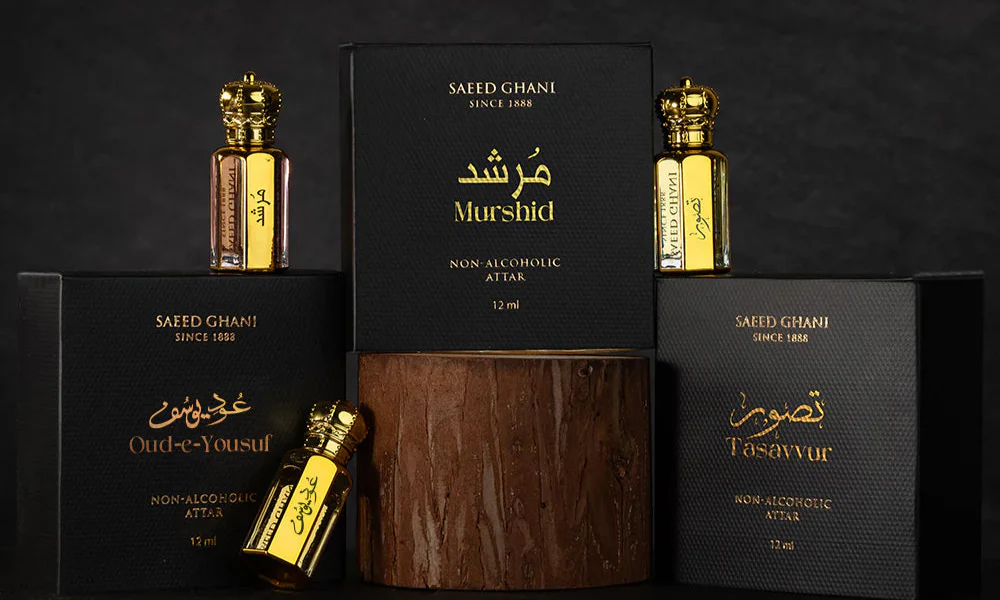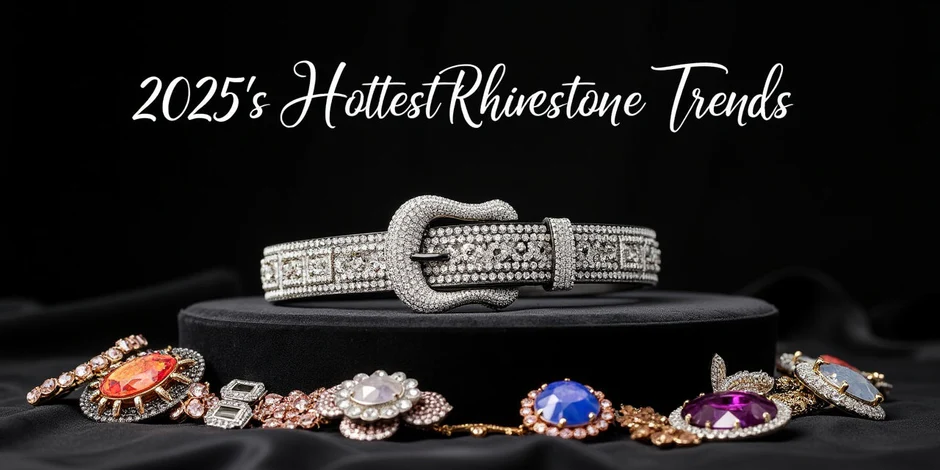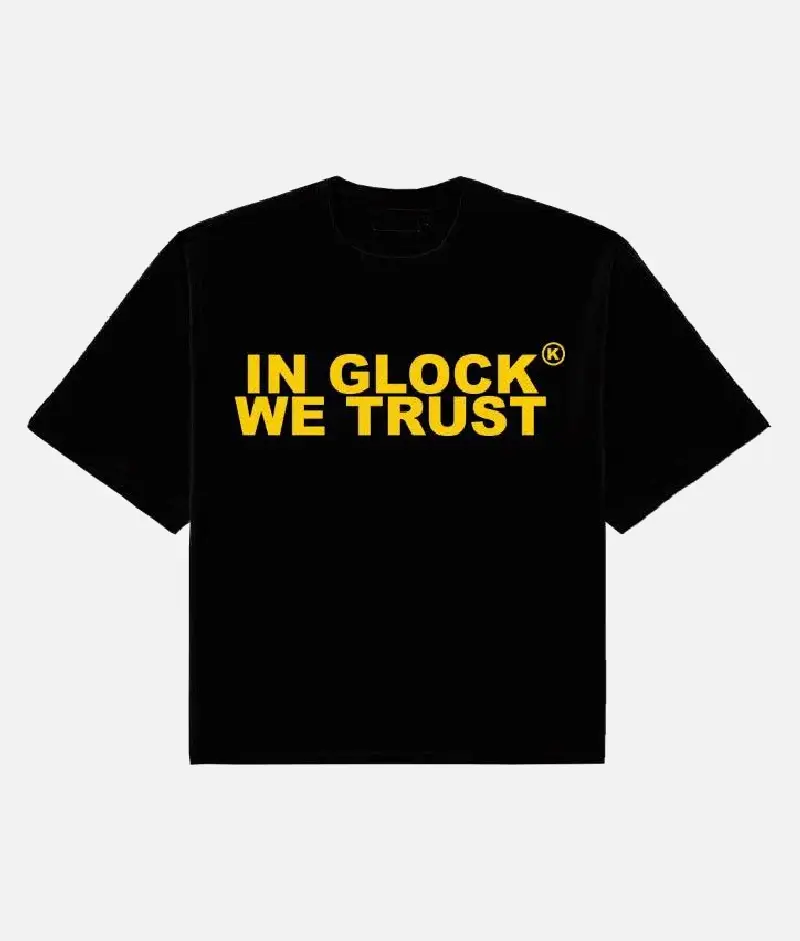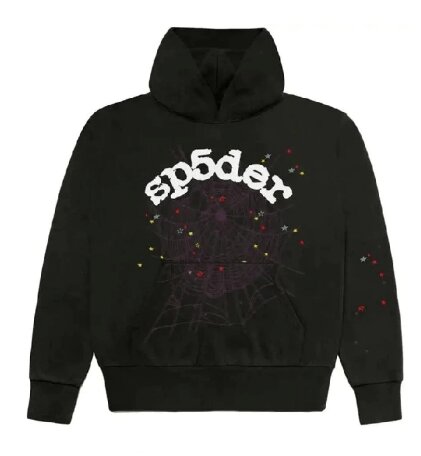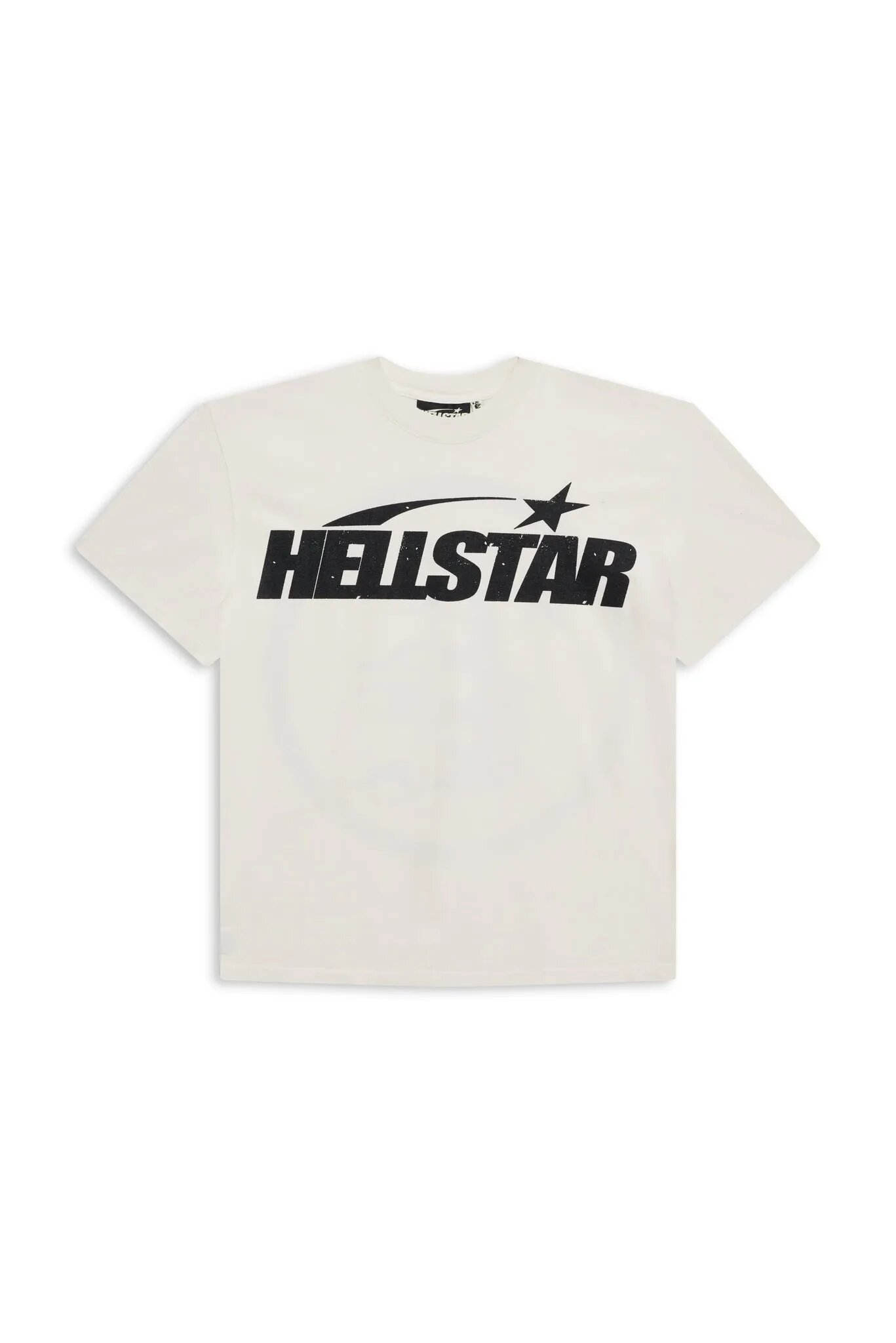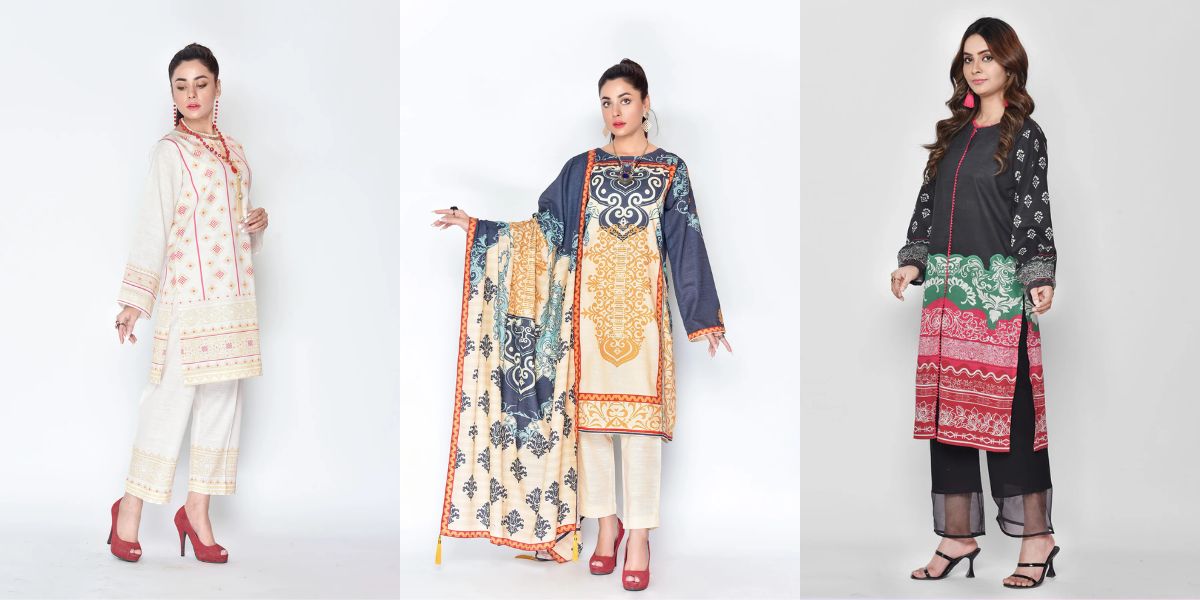Trapstar is a British streetwear brand that has made a major impact on the global fashion scene. Established in 2005 by Mikey and Will, the brand emerged from the streets of London with a vision to represent urban culture, music, and lifestyle. Since its inception, Trapstar has become synonymous with high-end streetwear, attracting a loyal following from fashion enthusiasts, celebrities, and musicians alike.
The Origins of Trapstar
Trapstar started as a small project between friends Mikey and Will, who were inspired by the urban culture surrounding them in London. Initially, the brand was focused on creating graphic tees and accessories that reflected the gritty, raw energy of the city’s street scenes. They were heavily influenced by the music industry, particularly the grime and hip-hop scenes that were thriving in London at the time.
The brand’s name, “Trapstar,” refers to the trap music culture—a genre that blends hip-hop, rap, and street influences. This connection to the trap music scene gave the brand its edgy and rebellious tone, which quickly gained traction within London’s underground culture.
Trapstar’s Signature Aesthetic
What sets Trapstar apart from other streetwear brands is its unique aesthetic, which combines bold graphics, edgy designs, and heavy branding. The brand often incorporates urban motifs like skulls, crosses, and bold typography, which are inspired by the rebellious spirit of street culture.
The Trapstar logo, which is often seen on many of its pieces, features a bold, stylized font that embodies a sense of urban sophistication and toughness. The brand also uses sleek, minimalist designs with dark color palettes like black, white, and grey, making it easy to pair with a wide range of outfits. However, Trapstar has also experimented with brighter, more vibrant colors and reflective materials to add an extra dimension to its collections.
Trapstar and Music Culture
One of the reasons for Trapstar’s rapid success is its deep connection to the music scene, particularly grime and hip-hop. The brand’s founders were inspired by the sound and energy of these music genres, and Trapstar became a natural fit for many of the artists and fans involved in these scenes. Over the years, the brand has been worn by numerous musicians, including some of the most famous names in British grime, rap, and hip-hop.
Rappers like Jay-Z, Rihanna, and Stormzy have all been spotted wearing Trapstar, helping to propel the brand into the international spotlight. This celebrity endorsement has given Trapstar a cultural cachet that few other streetwear brands can match. The connection to music culture has made Trapstar synonymous with the cool, rebellious attitude of urban youth, cementing its place as a staple in the fashion world.
Key Trapstar Pieces
Trapstar is known for a wide range of products, but some of its standout pieces have become iconic within streetwear circles.
- Trapstar Hoodies: The brand’s hoodies are some of its most sought-after items. Featuring the signature logo and bold graphics, these hoodies combine comfort with style, offering a premium feel while staying true to the streetwear aesthetic. Many of these hoodies are produced in limited editions, which makes them highly coveted in the resale market.
- Trapstar T-shirts: Trapstar’s graphic tees are a perfect example of the brand’s bold and edgy style. These tees often feature striking designs that make a statement, with bold logos and urban-themed graphics that reflect the brand’s roots in London street culture.
- Trapstar Jackets: Trapstar also produces high-quality jackets and outerwear that reflect the brand’s utilitarian and street-smart style. These pieces are typically durable and made from premium materials, offering both function and style.
- Trapstar Accessories: In addition to apparel, Trapstar offers a range of accessories, including hats, caps, bags, and jewelry. These accessories feature the same bold branding and high-quality craftsmanship that the brand is known for.
Trapstar’s Cultural Influence
Trapstar is more than just a clothing brand—it represents a lifestyle. Over the years, it has become an emblem of youth rebellion, individuality, and creative expression. The brand has strong ties to London’s nightlife and underground music scenes, creating a sense of community among its wearers. It’s not just about the clothes; it’s about embracing the attitude and culture that comes with them.
The brand has played a significant role in the rise of streetwear as a global fashion movement. By staying true to its roots in urban culture while also embracing collaborations with high-end fashion labels and artists, Trapstar has successfully bridged the gap between streetwear and luxury fashion. This ability to transcend cultural and fashion boundaries has made Trapstar a key player in shaping the future of streetwear.
Collaborations and Limited Editions
Trapstar is known for its exclusive collaborations with other brands and artists. These limited-edition collections often create huge buzz in the streetwear community, as fans scramble to get their hands on rare pieces. The brand has partnered with big names like Nike, Converse, and even luxury brands like Gucci, helping to solidify its status in both streetwear and high fashion.
Trapstar’s collaborations typically feature unique designs, often blending its bold street aesthetic with the refined style of its luxury collaborators. These special collections offer something fresh and exciting for fashion enthusiasts who appreciate the fusion of high-end and streetwear culture.
Trapstar’s Resale Market
Due to its exclusivity and high demand, Trapstar’s products, particularly limited-edition pieces, have a strong resale market. Many of the brand’s items, including hoodies, t-shirts, and jackets, are resold at a premium on platforms like StockX, Grailed, and eBay. This resale value is driven by the brand’s limited production runs and collaborations, making Trapstar items highly coveted among collectors and fashion enthusiasts.
Conclusion
Trapstar has earned its place as one of the most influential streetwear brands of the 21st century. With its roots deeply embedded in London’s urban culture, music scenes, and youth movements, the brand represents much more than just fashion—it’s a cultural icon. From its bold designs to its high-profile celebrity endorsements, Trapstar continues to shape the direction of streetwear fashion, proving that street culture and high-end fashion can seamlessly coexist.
